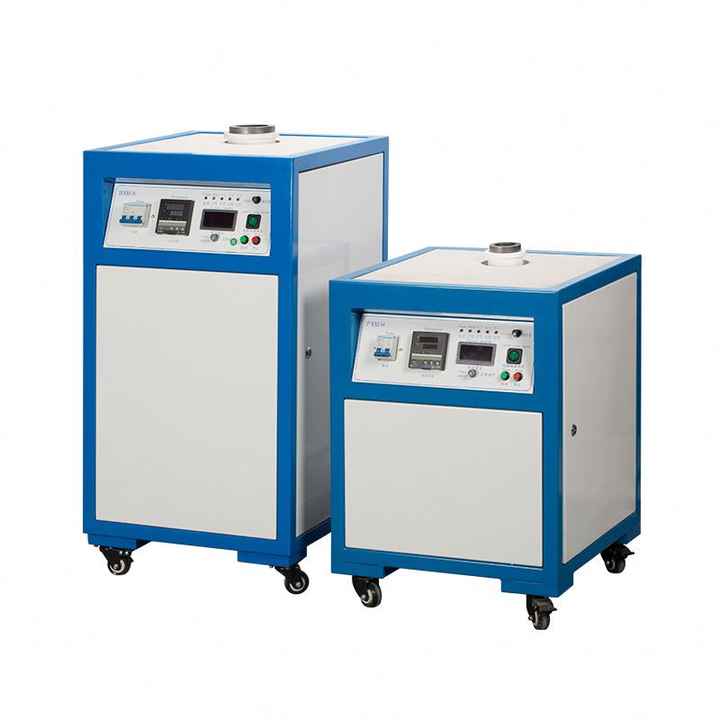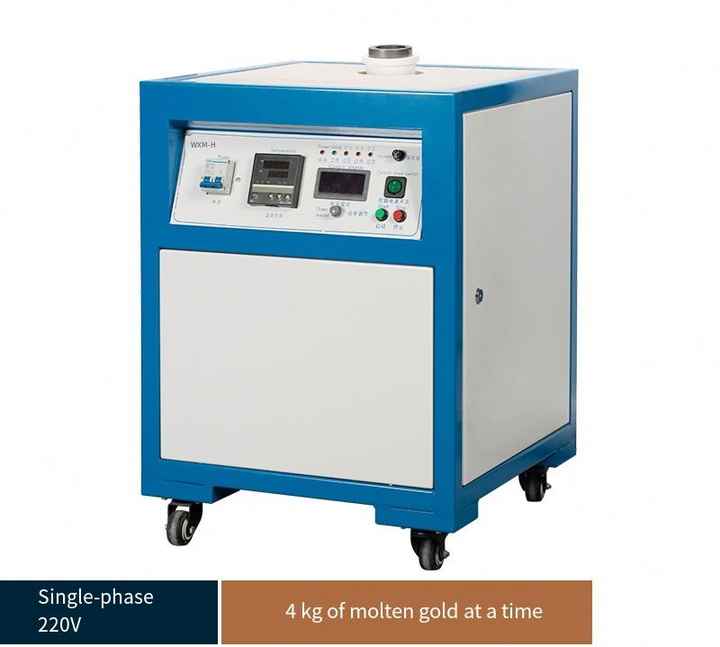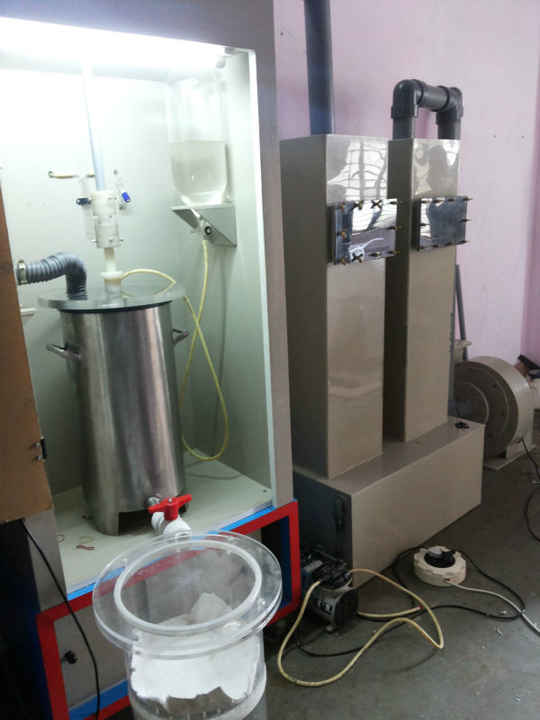high-grade silver refining


High-Grade Silver Refining Techniques and Best Practices
High-grade silver refining is essential for producing silver of exceptional purity, often required for investment, jewelry, and various industrial applications. This process involves the careful extraction and purification of silver from ores or scrap material to achieve a high level of quality. In this article, we explore the techniques and best practices involved in high-grade silver refining, highlighting the steps necessary to obtain the purest form of silver.
Understanding High-Grade Silver Refining
High-grade silver refining aims to remove impurities and achieve a silver purity level of 99.9% or higher. This refined silver is often used in high-value applications, including fine jewelry, silver coins, and electronic components. The process typically involves several steps, each designed to maximize purity and ensure the highest quality of the final product.

The Refining Process
The high-grade silver refining process involves several key stages, each critical to achieving the desired level of purity. Here’s a detailed look at each step:
Preparation of Raw Material
Before refining, the raw material must be prepared. This preparation involves:
- Collection and Sorting: Gather silver-containing materials, such as ores, scrap silver, or old jewelry. Sort these materials to separate silver from other metals and impurities.
- Crushing and Grinding: If starting with ores, crush and grind them into a fine powder. This increases the surface area and improves the efficiency of the refining process.
Concentration and Leaching
The next stage involves concentrating the silver and removing some impurities:
- Gravity Separation: Use gravity-based methods to separate silver from other materials. This can involve techniques such as panning or using sluice boxes.
- Leaching: For ores, use a leaching process to dissolve silver from the ore. Common leaching agents include cyanide or acid solutions. The leach solution contains dissolved silver and needs further processing to extract it.
Chemical Refining
Chemical refining is a crucial step for achieving high-grade silver purity:
- Precipitation: Add chemicals to the leach solution to precipitate silver. For example, adding zinc or other reagents can cause silver to form a precipitate that can be filtered out.
- Electrolytic Refining: Use an electrolytic cell to further purify silver. In this process, an electric current is passed through a solution containing silver ions, causing pure silver to deposit onto a cathode while impurities remain in the solution.
Melting and Casting
Once the silver is sufficiently purified, it is melted and cast into bars or other forms:
- Melting: Heat the refined silver to a temperature above its melting point (961.8°C or 1,763°F) in a furnace. This process helps to remove any remaining impurities.
- Casting: Pour the molten silver into molds to create bars or ingots. Allow the silver to cool and solidify in these molds, resulting in high-grade silver bars ready for further use.
Best Practices for High-Grade Silver Refining
Achieving high-grade silver requires adherence to best practices throughout the refining process. Here are some key considerations:
Quality Control
- Testing: Regularly test silver samples at various stages of the refining process to ensure that purity levels are on track. Techniques such as X-ray fluorescence (XRF) or inductively coupled plasma (ICP) can be used for accurate analysis.
- Calibration: Ensure that all equipment used in the refining process is properly calibrated to maintain precision and accuracy.
Safety and Environmental Considerations
- Protective Gear: Use appropriate safety equipment, including gloves, goggles, and masks, to protect against exposure to chemicals and high temperatures.
- Ventilation: Ensure that refining areas are well-ventilated to manage fumes and gases produced during the refining process.
- Waste Management: Properly manage and dispose of waste materials and chemicals to minimize environmental impact. Implement recycling programs for by-products where possible.
Equipment Maintenance
- Regular Maintenance: Perform regular maintenance on refining equipment to ensure optimal performance and prevent breakdowns. This includes cleaning furnaces, calibrating scales, and inspecting electrolysis cells.
- Upgrades: Invest in modern refining equipment and technologies to improve efficiency and achieve higher purity levels.
Applications of High-Grade Silver
High-grade silver has a wide range of applications, including:
- Investment: Silver bars and coins with high purity are popular among investors as a store of value and a hedge against inflation.
- Jewelry: Fine jewelry often requires high-grade silver to ensure durability and a high-quality finish.
- Electronics: Silver’s excellent conductivity makes it valuable in electronic components and high-tech applications.
High-grade silver refining is a sophisticated process that requires precision, expertise, and adherence to best practices. By carefully preparing raw materials, using advanced refining techniques, and maintaining high standards of quality control and safety, refiners can produce silver of exceptional purity. This refined silver serves various high-value applications, including investment, jewelry, and industrial uses, demonstrating the importance of effective refining techniques in achieving the highest quality products.















